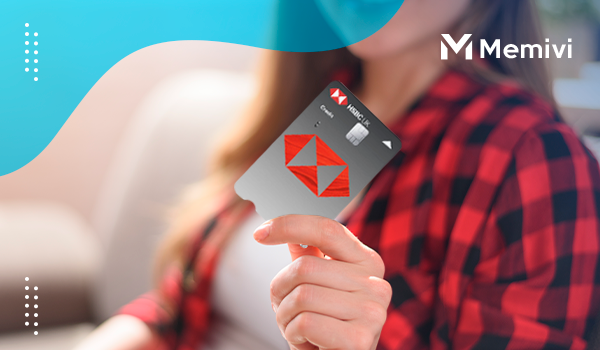
Step-by-Step Guide to Using a Balance Transfer Card
1. Assess Your Current Debt
Start by listing all existing credit card balances, APRs, and monthly payments. Focus on cards with APRs above 20%. A balance transfer only makes sense if the fee is less than what you’d pay in interest.
Example:
- Barclaycard: £3,200 at 24.9% APR
- Tesco Bank: £1,800 at 22.5% APR
Combined interest per year = approx. £1,200
Transferring this to a 0% balance transfer card (like HSBC’s) could save nearly all of that amount.
2. Check Your Eligibility Before You Apply
Use a soft search eligibility checker — most UK banks, including HSBC, allow this step without affecting your credit score. Many users are surprised to find they only qualify for 20 or 26 months, not the advertised 34. The final offer depends on your credit rating, debt-to-income ratio, and account history.
3. Transfer Within the Introductory Window
The 0% interest window only applies if you transfer within 60 days of account opening (for HSBC). If you wait longer, the promotional rate doesn’t apply. This is a common reason users miss out on benefits.
Tip: Transfer immediately after card activation to avoid errors or delays.
4. Avoid New Purchases
Most balance transfer cards, including HSBC’s, offer 0% on purchases only for a short window (e.g., 3 months). If you mix purchases with transferred balances and don’t repay in full, interest may apply to the entire balance — a confusing but critical rule buried in terms.
5. Set Up a Repayment Plan
Divide your total transferred balance by the number of 0% months and set up a monthly direct debit. For example:
- Balance: £5,000
- 0% term: 34 months
- Monthly payment needed: £147.05
Add a buffer to cover unexpected expenses and avoid relying on minimum payments.

Frequently Asked Questions
What happens after the 0% interest period ends?
Your remaining balance will start accruing interest at the standard APR (often 24.9% or higher). If you haven’t repaid most of your debt by then, you could face hundreds in new interest charges.
Can I transfer balances from multiple cards?
Yes, but the total must not exceed your credit limit, which will vary based on your credit profile. Always confirm the limit before planning large transfers.
Will applying affect my credit score?
Yes — the application triggers a hard inquiry. However, using the card responsibly (i.e., repaying on time, reducing total debt) can improve your score over time.
Is it worth paying a 3.19% transfer fee?
Generally, yes — especially for high balances. For instance, on £6,000, the fee is £191.40. But if you’re saving £1,500+ in interest, it’s a strong tradeoff.
Little-Known Optimisation Hacks
Use It to Boost Your Credit Score
If you keep your utilisation below 30% and pay on time, this card can help improve your credit profile over 12–24 months. Lenders look favourably at responsible use of promotional finance.
Time It With a Bonus Month
Apply in a month where you receive a work bonus or tax rebate. Use that cash to reduce the balance faster during the 0% window — minimising your financial exposure when the rate reverts.
Combine With a High-Yield Savings Strategy
Some users pay minimums while putting excess cash into a high-interest savings account (up to 5.2% AER in October 2025). If done carefully, this creates a spread — earning interest while avoiding card interest. Warning: this strategy requires discipline.
Avoid Store Card Transfers
Store card balances (e.g., from Argos, Very, or Next) often have clauses that make them harder to transfer. Check first — many users assume all debt is eligible.
Apply Mid-Month
Internal approval rates at some banks (including HSBC historically) fluctuate across the month. Anecdotal evidence suggests mid-month applications have higher approval rates due to internal budget cycles.
How to Maximise the Value of Your 0% Term
- Pay more than the minimum every month
- Automate payments to avoid accidental defaults
- Use cashback or rewards from other accounts to accelerate debt payoff
- Don’t use the card for day-to-day spending unless it’s within a 0% purchase window
- Avoid applying for other credit products simultaneously, which may reduce your score
Alternatives Worth Considering
If HSBC doesn’t approve you for the full 34 months or you want a lower fee, consider:
- Barclaycard Platinum: Up to 30 months, 2.99% fee
- Virgin Money Balance Transfer Card: Up to 28 months, no annual fee, 3% fee
- Santander Everyday Credit Card: Up to 27 months, lower credit limit requirements
Each has trade-offs in terms of fee, duration, and credit limit flexibility. HSBC remains competitive but not always the most accessible for low-income or near-prime applicants.
Limitations of the HSBC Card
While it ranks among the top balance transfer products in the UK for 2025, it’s not without drawbacks:
- The 3.19% fee is slightly higher than some competitors
- Promotional length varies by applicant and may not always be 34 months
- Strict eligibility criteria, including a minimum income of £6,800 and UK residency
- No rewards or cashback for purchases
It is not a long-term solution — just a smart way to reset debt repayment timelines.
Is It Right for You?
The HSBC Balance Transfer Credit Card is best suited for users with moderate to high balances, strong credit profiles, and a plan to repay within 2–3 years. Used correctly, it can result in substantial interest savings and even improved financial standing. But it is not a passive product — the benefit depends on timing, discipline, and understanding the small print.


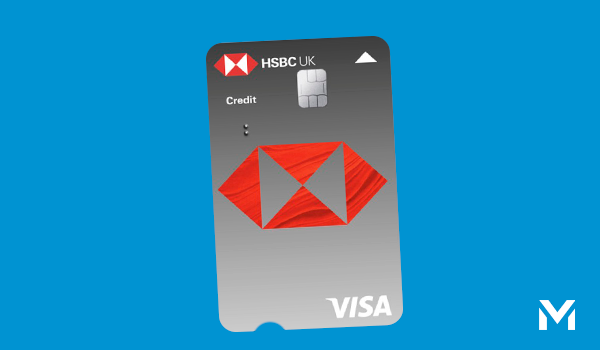
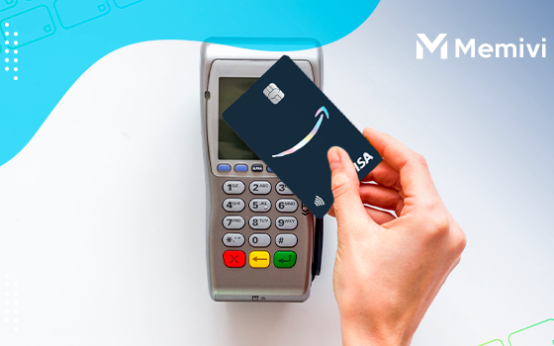 Deep Dive Into the Amazon Barclaycard Visa: Real Value or Just a Niche Perk? <p class='sec-title' style='line-height: normal; font-weight: normal;font-size: 16px !important; text-align: left;margin-top: 8px;margin-bottom: 0px !important;'> An in-depth guide to maximizing this Amazon-branded credit card and how it compares in real-world usage. </p>
Deep Dive Into the Amazon Barclaycard Visa: Real Value or Just a Niche Perk? <p class='sec-title' style='line-height: normal; font-weight: normal;font-size: 16px !important; text-align: left;margin-top: 8px;margin-bottom: 0px !important;'> An in-depth guide to maximizing this Amazon-branded credit card and how it compares in real-world usage. </p> 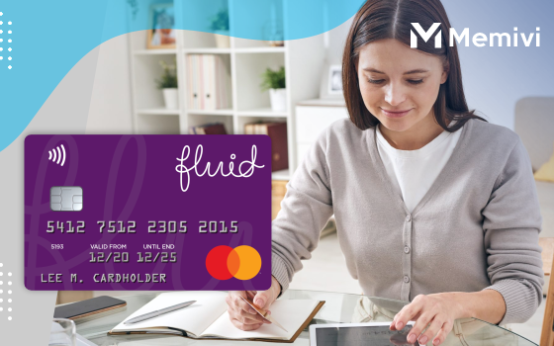 Advanced Guide to the Fluid Credit Card: Maximising Your 0% Balance Transfer Window <p class='sec-title' style='line-height: normal; font-weight: normal;font-size: 16px !important; text-align: left;margin-top: 8px;margin-bottom: 0px !important;'> A comprehensive look at how to use the Fluid Card effectively, avoid costly mistakes, and evaluate smarter alternatives for UK consumers. </p>
Advanced Guide to the Fluid Credit Card: Maximising Your 0% Balance Transfer Window <p class='sec-title' style='line-height: normal; font-weight: normal;font-size: 16px !important; text-align: left;margin-top: 8px;margin-bottom: 0px !important;'> A comprehensive look at how to use the Fluid Card effectively, avoid costly mistakes, and evaluate smarter alternatives for UK consumers. </p> 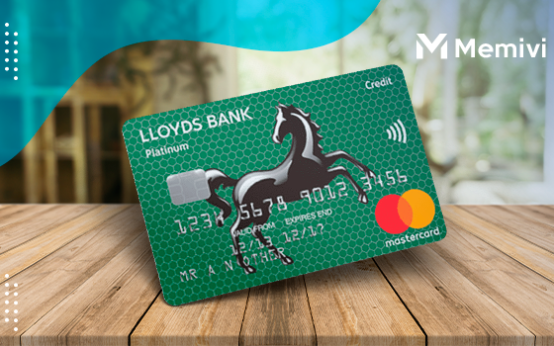 Maximising Value with the Lloyds Ultra Credit Card: A Practical Usage Guide <p class='sec-title' style='line-height: normal; font-weight: normal;font-size: 16px !important; text-align: left;margin-top: 8px;margin-bottom: 0px !important;'> This long-term cashback credit card is built for people who want straightforward rewards, global fee-free spending, and a product they can keep for years without paying an annual fee. </p>
Maximising Value with the Lloyds Ultra Credit Card: A Practical Usage Guide <p class='sec-title' style='line-height: normal; font-weight: normal;font-size: 16px !important; text-align: left;margin-top: 8px;margin-bottom: 0px !important;'> This long-term cashback credit card is built for people who want straightforward rewards, global fee-free spending, and a product they can keep for years without paying an annual fee. </p>